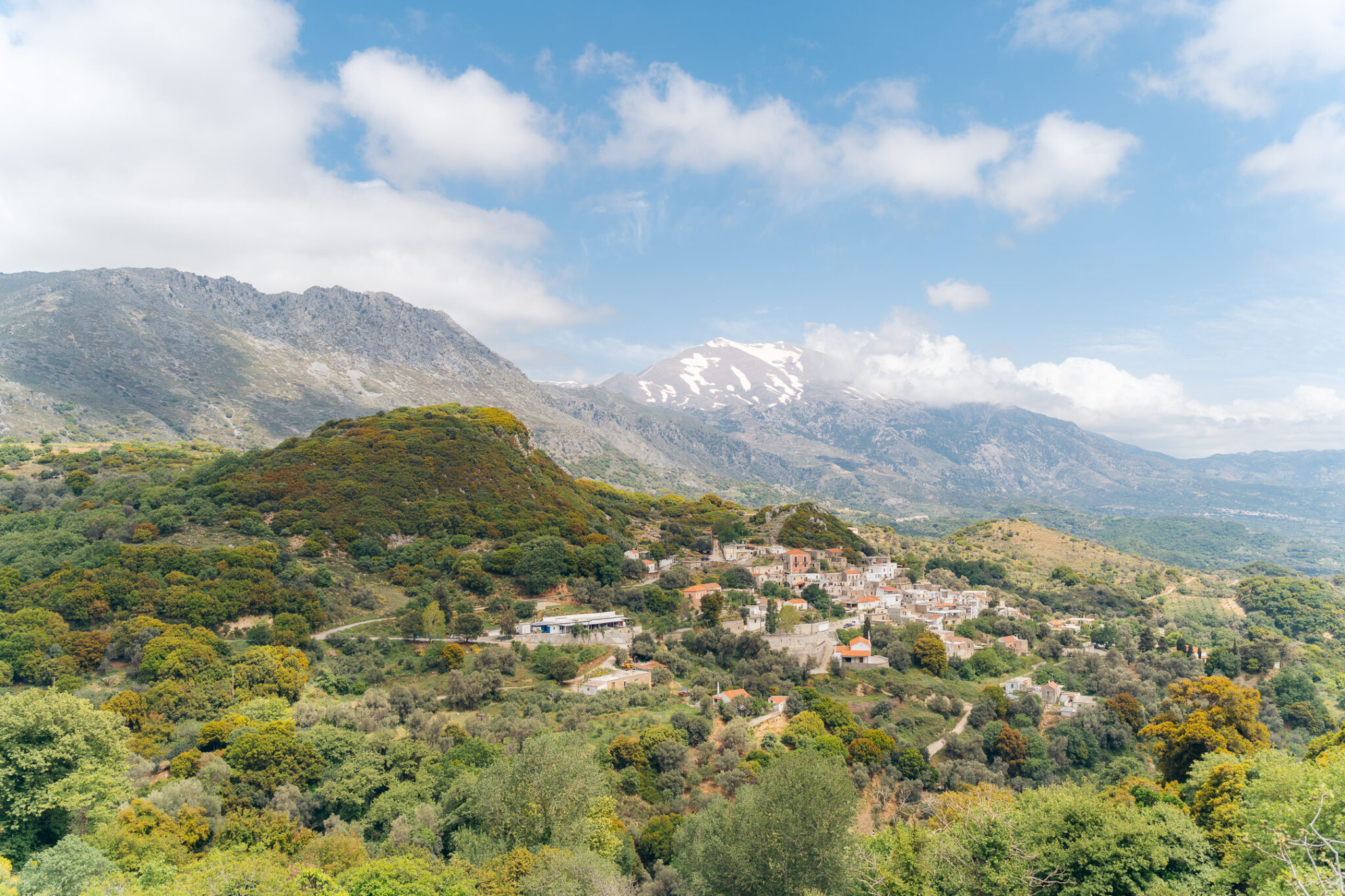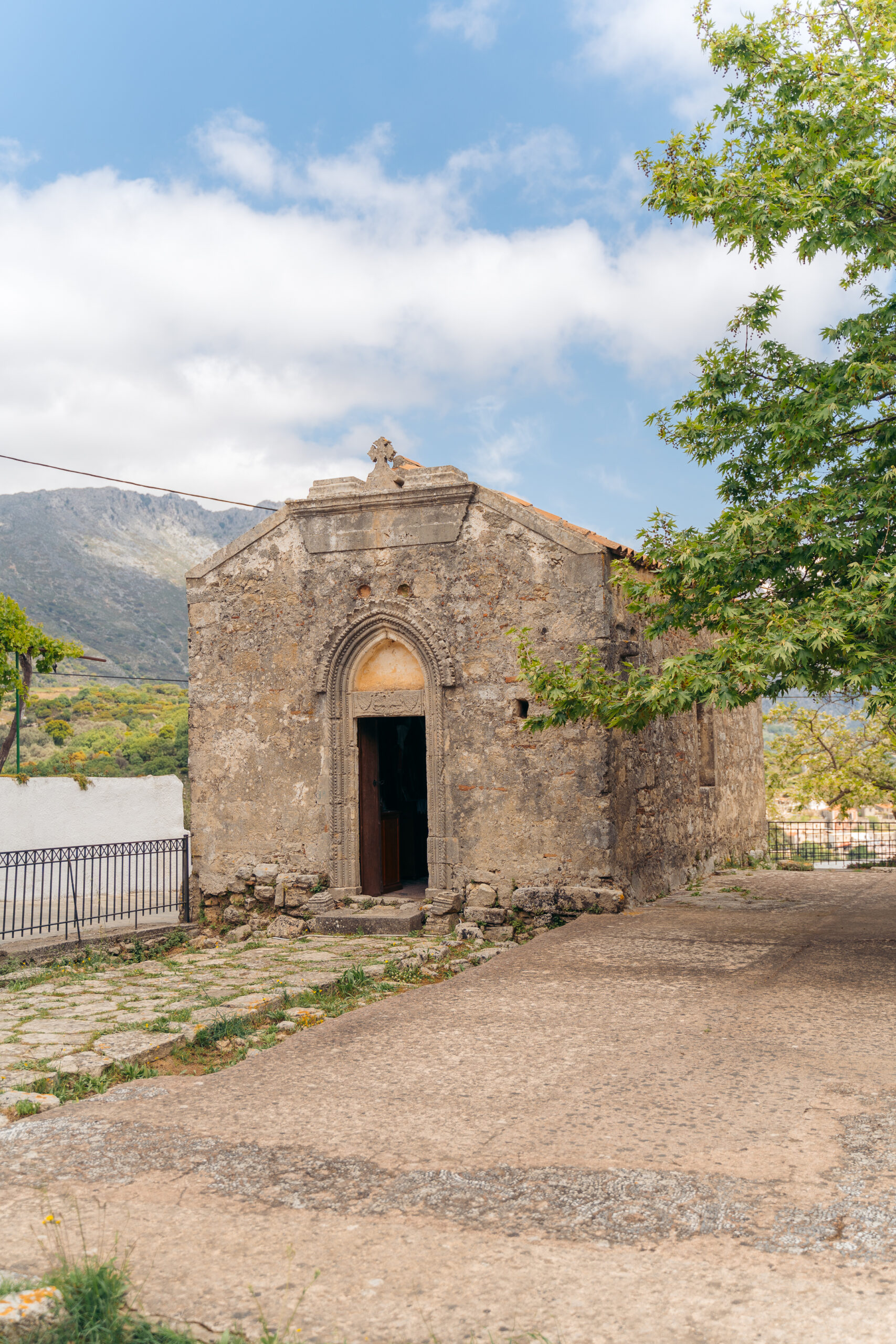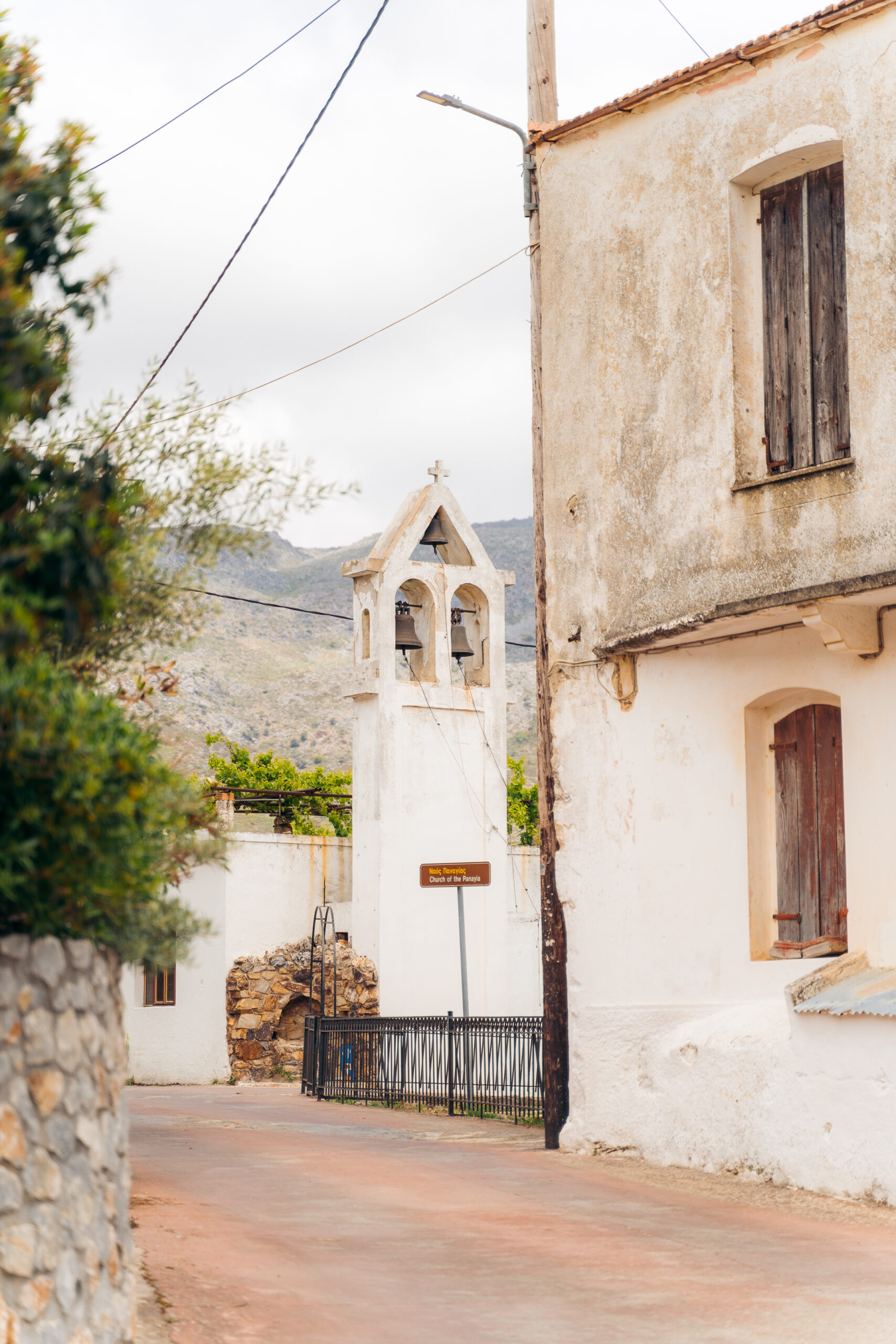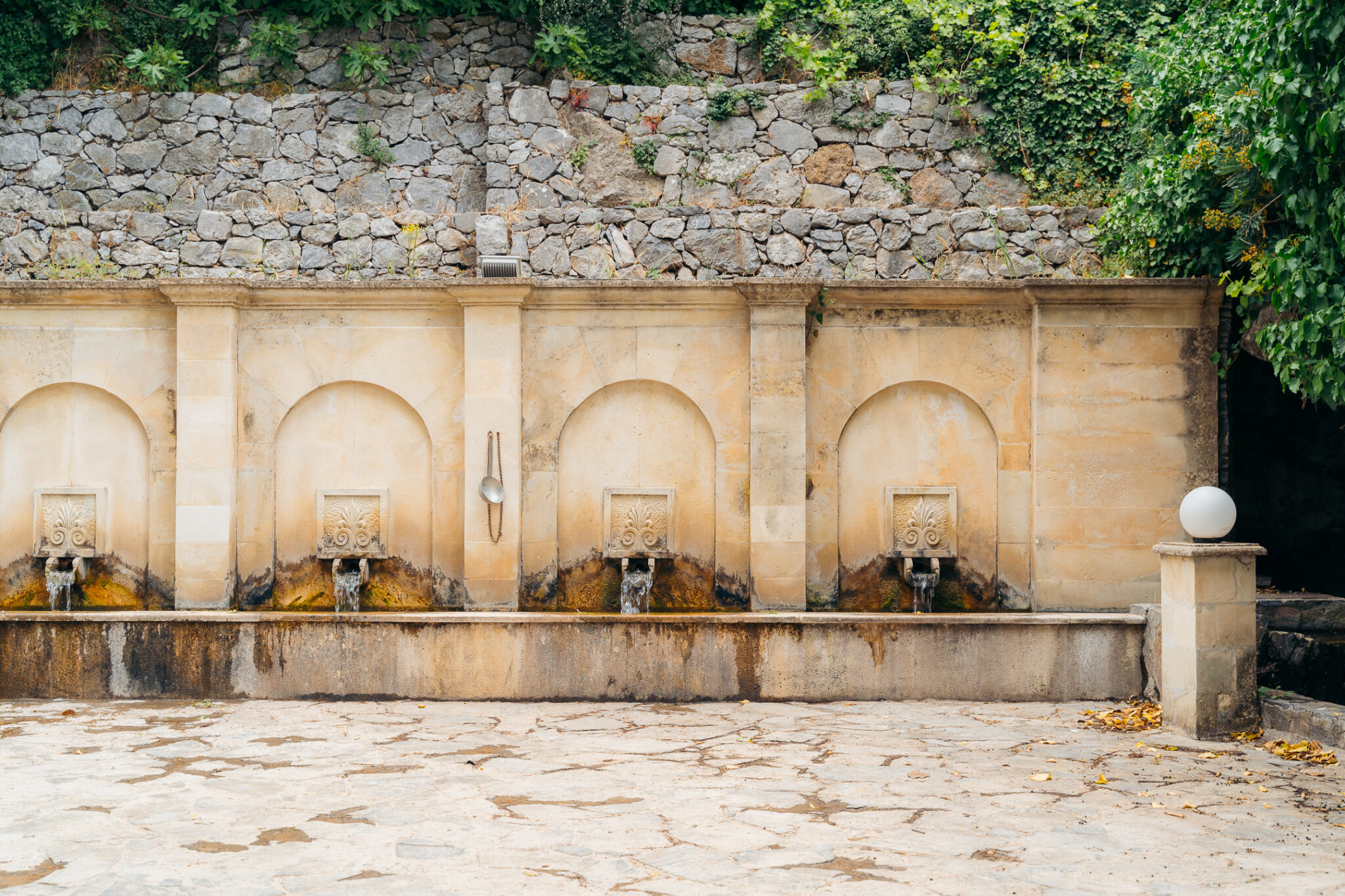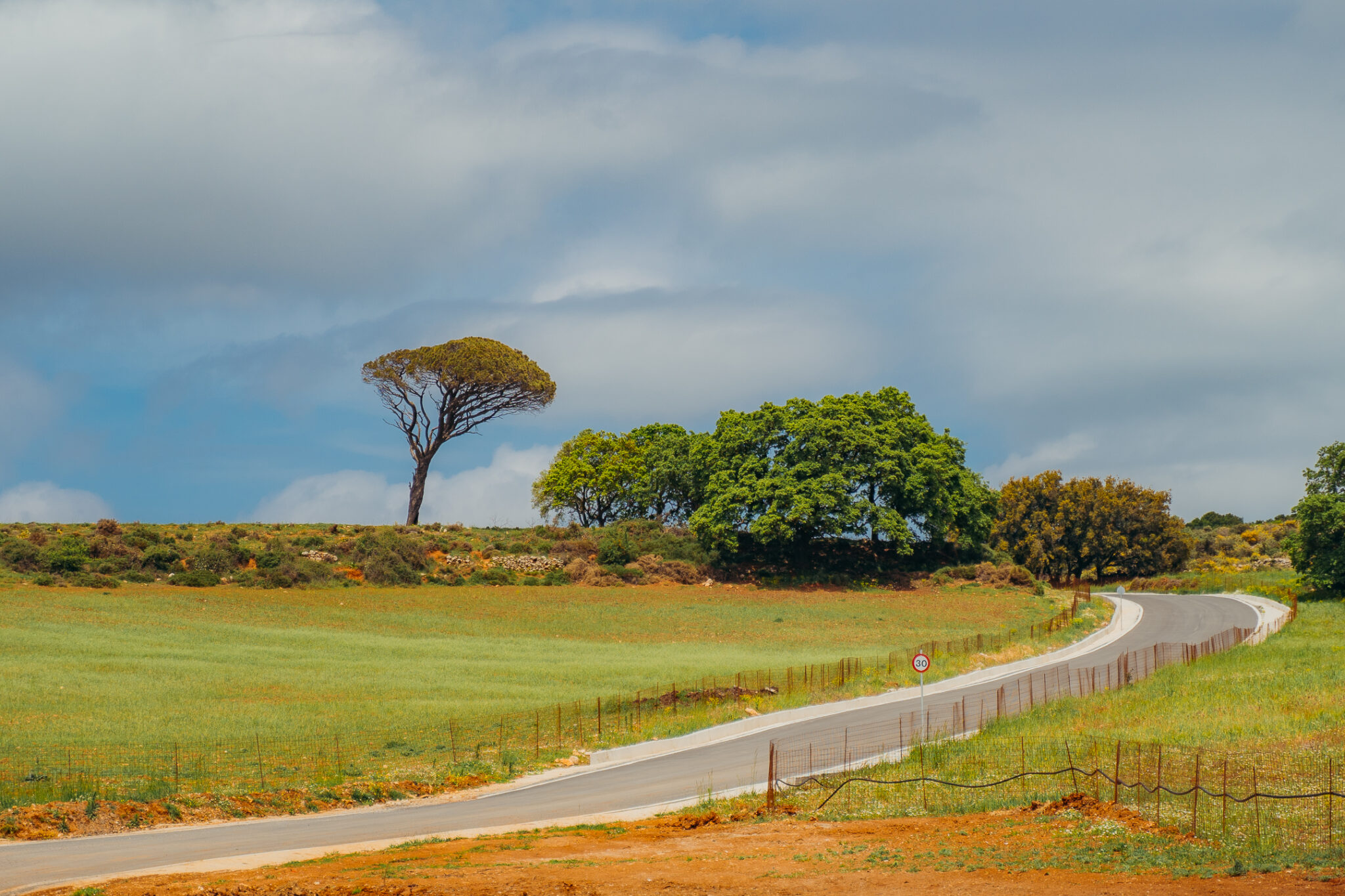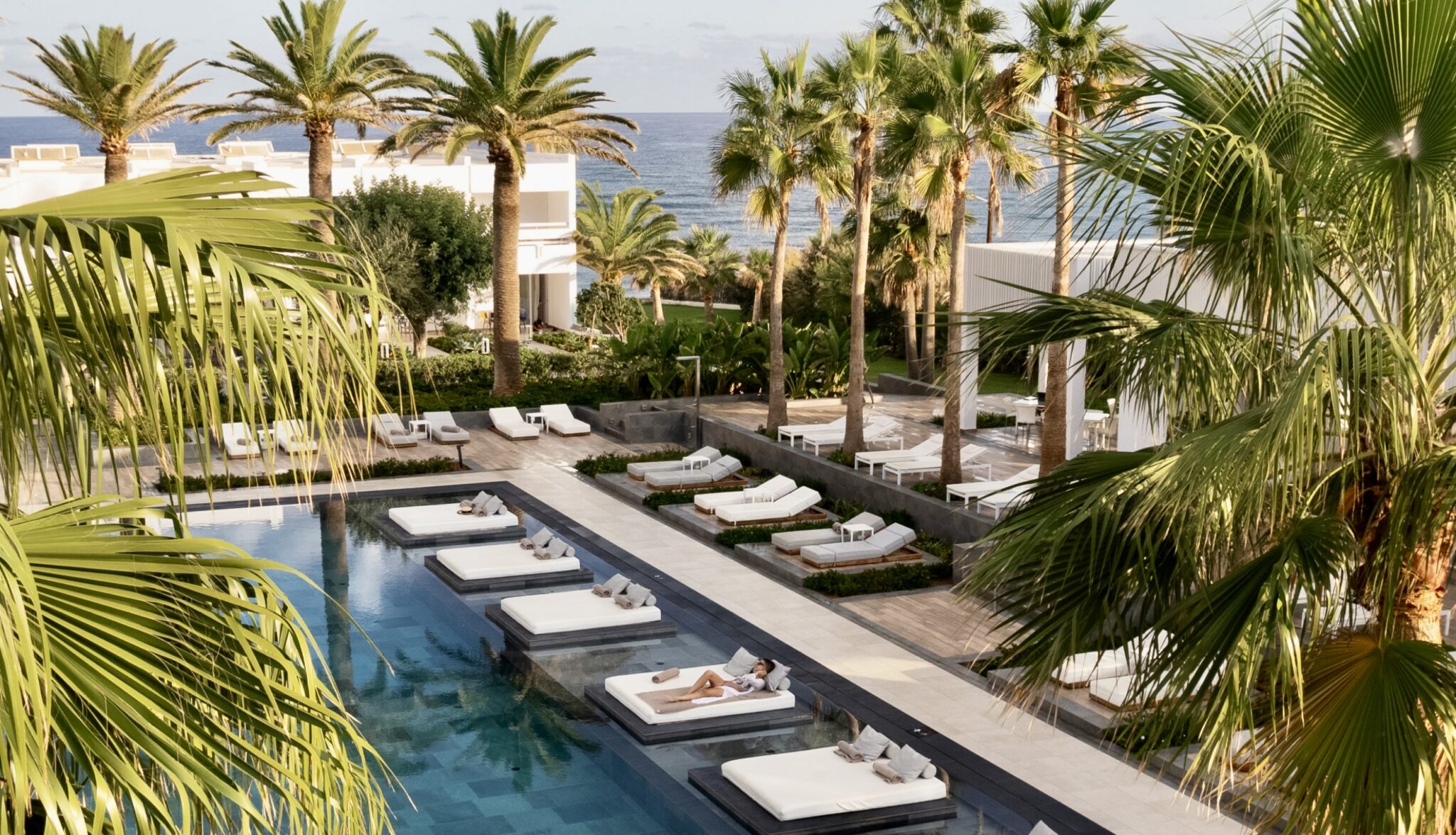Southeast of Amari, in an area of exceptional natural beauty, a fertile valley enclosed by the mountains Kentros, Samitos and the magnificent Psiloritis, retains all those elements that make Crete unique: small picturesque villages with traditional architecture, springs, verdant slopes, crops, fruit trees, and, of course, hospitable locals.
With regard to the origin of its name, there are various stories, with the most prevalent one referring to a Byzantine or Venetian lord named Amari. Another version is that the word Amari comes from the Latin word “amare” which means “I love.”
Touring the villages of Amari will allow the visitor to discover unexpected sights, important cultural monuments and numerous ancient churches, as well as to admire the wonderful nature of Amari by discovering it through hiking, and experiencing the area’s rich tradition through the traditional festivals and celebrations that are revived in the villages.
The area’s history dates back thousands of years, with signs of habitation since the Neolithic Age in the settlement of Elenes. Human presence and activity in the area is uninterrupted since 6000 BC, continuing into the Middle Minoan period (2100-1600 BC), as is also shown by the archaeological excavations which have revealed the ancient city of Syvritos in the village of Thronos, and the building complexes of the same period in the settlements of Apodoulou and Monastiraki.
The ancient city of Syvritos was founded during the late Minoan times, and flourished until the early Byzantine period, dominating as a strong and independent city owing to its geographical location. Its independence is in fact confirmed by its silver coin, while its territory extended to the entire wider region of the modern settlement, reaching as far as ancient Soulia, probably the present-day village of Agia Galini. In the village of Apodoulou, the remains of an old palace center have been discovered, including building complexes and vaulted tombs. In addition, in Kokkinos Harakas, in the village of Monastiraki, there are finds of a Minoan palace of the old palace period (1900-1700 BC), revealing the intense social activity and the especially developed agriculture and livestock farming.
The area’s significant association with the Byzantine period is evidenced by several Byzantine churches that survive in many of the settlements and surroundings. Major monuments that are preserved and testify to the history and cultural heritage of the area include: the Byzantine church of Agia Anna, which is the oldest dated church in Crete; the 13th- or 14th-century Monastery of Kaloeidaina, in the village of Ano Meros, which is said to have been a shelter for revolutionaries during Greece’s uprising of 1821; the Byzantine Monastery of Asomaton (330-824 AD), which is now housing the Agricultural School of Asomaton; and, the churches of Agia Paraskevi and the Virgin Mary.
The region played a special role in all of the nation’s liberation struggles, taking part in numerous uprisings during the Venetian period (1211-1669) and the Turkish occupation (1669-1898). In addition, the region was also the center of the resistance struggle and a refuge for revolutionaries and persecuted during the German occupation, when German soldiers burned down eight villages.
Read also:
Lake Kournas: Cretan freshwater lake with white sandy shores
Stavros: Cretan double beach with turquoise waters, old Venetian quarry



